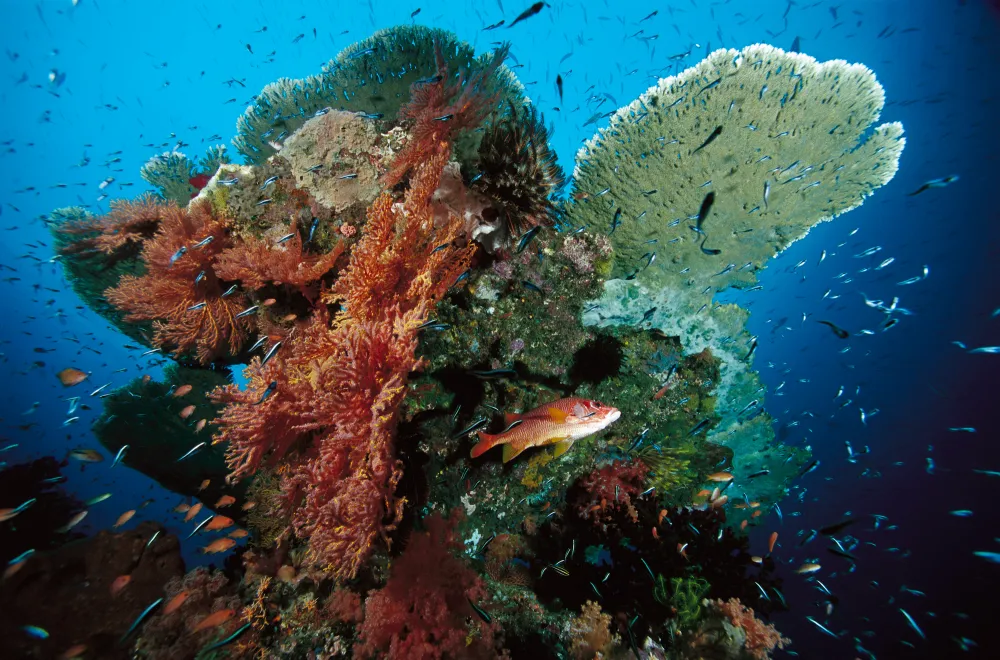130-Year-Old Assumption Overturned

For over a century, scientists believed that charged particles, or ions, in seawater remained in relatively constant ratios across the ocean. However, a recent study by a group of researchers has debunked this long-standing assumption, raising concerns about the accuracy of previous seawater studies based on it.
Mario Lebrato, station manager and chief scientist at the Bazaruto Center for Scientific Studies in Mozambique, led the team that challenged this assumption about seawater ion proportions. Interestingly, the original aim of their study wasn’t to test this assumption. “Originally, we were trying to understand how plankton grew in different seawater conditions,” Lebrato said. His team collected seawater samples from various parts of the world to analyze plankton growth. Upon measuring the composition of a few samples, Lebrato noticed significant differences in ion proportions between seawater from different sources. “This really triggered the project,” he explained.
To further investigate, his team formed partnerships with international universities, governments, and environmental agencies over seven years. They knew it would be challenging to collect seawater samples worldwide without external assistance or substantial funding. “It’s almost impossible for anybody to organize over a hundred research cruises,” Lebrato said. These partnerships included organizations like the United States National Oceanic and Atmospheric Administration (NOAA) and Environment Canada, as well as small research cruises and individual scientists. Lebrato even received help from organizations that ventured into the Arctic Circle to retrieve seawater samples.
After seven years of research, Lebrato’s team concluded that the original assumption about ion proportions in seawater was incorrect. According to their findings, there were significant deviations in major seawater ion ratios between samples, especially in the open ocean. “Everybody knew it was expected to find deviations from the coast, deviations near the rivers, and deviations in the poles near the ice. But nobody was expecting significant deviations on the open ocean,” Lebrato said.
Scientist have relied on the idea of a consistent ion distribution in the ocean to calculate a multitude of factors, such as ocean temperature and acidity. It addition, it has a large effect on marine biology, affecting things like shell density and dissolution. What this means is that much of the research that has been used to determine potentially large problems like rising ocean temperatures and ocean acidification could have major flaws.